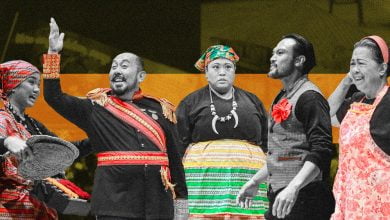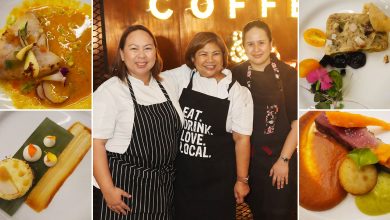MANILA – The tourism ministers of the 10 countries comprising the Association of South East Asian Nations and their national tourism organizations are hard pressed to finalize the ASEAN Tourism Strategic Plan 2016-2025 for its historic launch at the forthcoming ASEAN Tourism Forum (ATF) 2016 in Manila on January 18 to 25.
“Work on the plan began in Myanmar at the ATF 2015 when the one for 2011-2015 expired and its goals had been attained. Now, we’re batting for a 10-year (2016-2025) plan that will cover strategic directions and focus growth areas, all geared at preserving, developing and promoting the tourism assets of ASEAN as a single regional destination,” said ATF 2016 Philippine Host Committee Chairman and Tourism Undersecretary Benito C. Bengzon Jr.
Bengzon cited the launch of the 2016-2025 plan as among the factors that put pressure on the host committee, including high expectations on the conduct of ATF 2016, as the Philippines had been hosting this event at an increasing level of performance that practically set the bar for its annual staging by every ASEAN-member country on a rotational basis.
“As you know, the Philippines has hosted the ATF four times since it was first staged in Malaysia in 1981. We hosted it at the PICC in 1988, SM Megamall in 1993, Cebu in 1998, and Davao in 2006. And now for the fifth time, we are hosting it in Manila at the SMX Convention Center, Mall of Asia, with almost all the high-end hotels in the surrounding area across the metropolis being booked for the accommodations of the thousands of guests from all over the world,” Bengzon explained.
The Philippine hosting of ATF 2006 in Davao City has been hailed by many as among the most “fantastic and overwhelmingly spectacular” in the event’s history. “This ATF-Davao is what every ASEAN member can be proud of,” remarked an Italian travel agent then, referring to the overflowing, sumptuous native and fusion cuisines, spectacular cultural shows of incredibly vast variety, colorful street dances and tribal performances, and exotic exhibits and musical extravaganzas that featured both the modern and the traditional. Highlights of the ATF 2006 also included the seemingly never-ending parade of gorgeous Filipino women in colorful costumes showcasing indigenous fibers of world-class designs, welcome and reception parties at the airport and the different venues, smooth flow of events and herding of participants to various activity sites, airtight security that could hardly be felt at all, and the people’s smiles that completed the distinctly multisensory ASEAN tourism brand experience.
“We hope to even surpass that feat,” Bengzon said, “so as to highlight the multi-dimensional diversity that characterizes every country of ASEAN and ironically unites them all. Our region is definitely not the type that when you see one, you see them all. A foreign tourist will just have to visit one ASEAN country after another to really experience ASEAN and the richness of its cultures that are as varied as its cuisines, creeds, colors and convictions but welded strongly together by a common cause, commitment, cooperation and camaraderie.
“That, in a gist, is the brand essence of ASEAN as a single destination that we want to preserve, develop and promote through the 2016-2025 ATSP (ASEAN Tourism Strategic Plan), which we are about to launch at the culmination of ATF 2016,” Bengzon explained.
He added, though, that the implementation of the ATSP would require some tenacious determination as it could encounter certain socio-political hurdles along the way because of the “paradigm shifts” involved.
Bengzon also cited both social and structural systems required to establish seamless connectivity across the diverse cultures and countries of the ASEAN region in order to break its doors wide open to inbound travel.
“We will have to find ways to further promote and even incentivize code-sharing partnerships and reciprocal freedom rights to open up the ASEAN skies and boost airline passenger volumes, while getting ourselves collectively involved in protecting certain natural resource on a regionwide scale,” Bengzon said, citing the Coral Triangle as an example.
A tourism site, the Coral Triangle, which spans the tropical waters of Indonesia, Malaysia and the Philippines, is recognized as the global center of marine biodiversity and a global priority for conservation.
“There are just so many things that the ASEAN countries must collectively work on to preserve, develop and promote the region as a single destination,” Bengzon added.
NOTE: This is a press release from ATF 2016.








